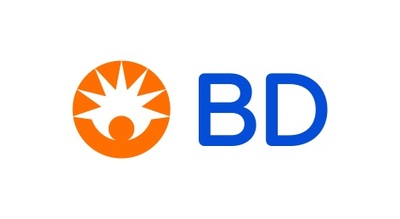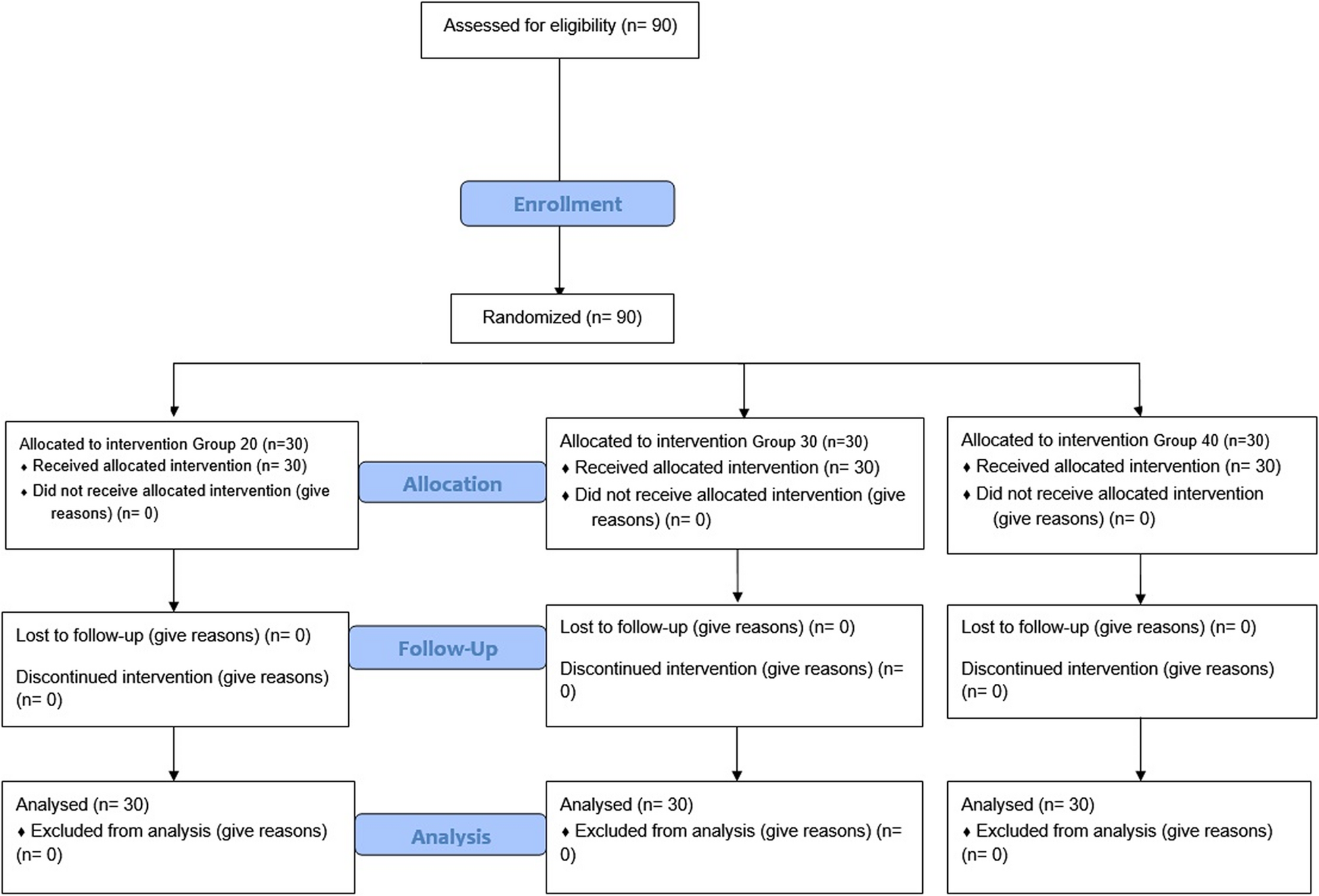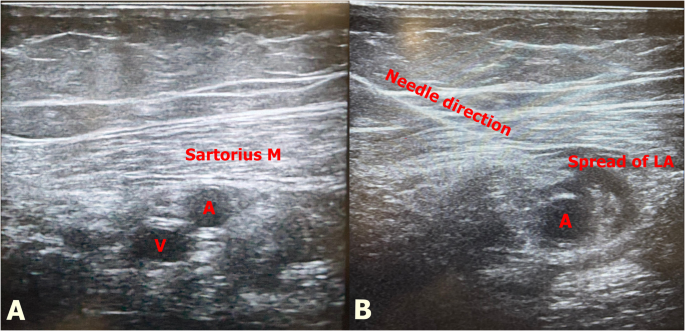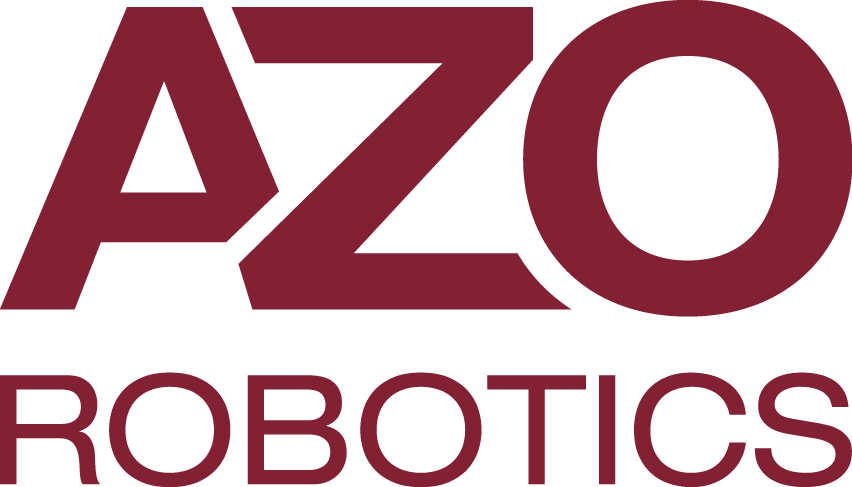BD Launches New AI-enabled Solutions to Drive Connectivity Across Healthcare Settings
FRANKLIN LAKES, N.J., Oct. 20, 2025 /PRNewswire/ — BD (Becton, Dickinson and Company) (NYSE: BDX), a global leader in medical technology, introduces the BD Incada™ Connected Care Platform, a new scalable, AI-enabled, cloud-based platform that unifies BD device data into one intelligent ecosystem for the first time. The BD Incada™ Platform is available now with the launch of the next-generation BD Pyxis™ Pro Automated Medication Dispensing Solution, creating enterprise-wide visibility and connectivity that transforms data into actionable insight.
“Our vision for the BD Incada™ Platform is to go beyond legacy connectivity to create meaningful connections across devices from infusion pumps to patient monitors to pharmacy robotics, and unify data from those solutions into one ecosystem, transforming data into clear, actionable insights for care teams,” said Bilal Muhsin, EVP and President of BD Connected Care. “These launches represent key milestones in BD’s Connected Care strategy, where we are uniquely positioned with our broad portfolio from pharmacy to bedside, to leverage game-changing technology to drive meaningful benefits for our customers.”
AI-powered analytics to drive smarter, faster decisions
Built on Amazon Web Services’ (AWS) on-demand cloud computing infrastructure, the BD Incada™ Platform leverages the latest in AI technologies, such as natural language search in analytics, and is scalable to meet the data volumes created by nearly 3 million smart connected BD devices. With Analytics in the BD Incada™ Platform, data from BD’s leading medication management solutions now flows through a secure, cloud platform and enables:
- Enterprise-wide visibility into medication inventory, which helps clinicians identify patterns and ensure medication availability, reduce medication waste and improve labor efficiency
- The ability to ask natural language questions and receive AI-powered insights and analytics on demand
- User-customizable dashboards that empower frontline clinical teams to act on insights quickly
Flexible, secure storage to get the right medication to the right patient, faster
The new BD Pyxis™ Pro Dispensing Solution delivers smarter, more secure medication storage, which enables faster access at the point of care. The first-of-its-kind flexible, stackable device configuration offers more medication storage capacity to improve medication availability from refrigerated to ambient storage. The BD Pyxis™ Pro Dispensing Solution allows hospitals and health systems to easily adapt to the evolving needs of their patient populations, with features including:
- Expanded capacity in a similar footprint, enabling clinicians to add up to 538 multi-access or 98 secure pockets without taking more space in their medication rooms
- Enhanced security features to improve controlled substance management and medication safety efforts
- More efficient access, with RFID badge scanning, wireless barcode scanners and illuminated bins to streamline medication retrieval
“For over 35 years, the BD Pyxis™ System has been the backbone of medication management across hospitals and health systems, with more than 9.8 million transactions on BD Pyxis™ devices every day,” said Connor Bates, Worldwide President for Medication Management Solutions at BD. “With the enhanced secure capacity, durability and AI-powered analytics of the next-generation BD Pyxis™ Pro Dispensing Solution, we’re ushering in a transformative new era for medication management.”
Together, the BD Incada™ Platform and BD Pyxis™ Pro Dispensing Solution sets a new standard for unified, data-driven healthcare operations.
About BD
BD is one of the largest global medical technology companies in the world and is advancing the world of health by improving medical discovery, diagnostics, and the delivery of care. The company supports the heroes on the frontlines of health care by developing innovative technology, services and solutions that help advance both clinical therapy for patients and clinical process for health care providers. BD and its more than 70,000 employees have a passion and commitment to help enhance the safety and efficiency of clinicians’ care delivery process, enable laboratory scientists to accurately detect disease and advance researchers’ capabilities to develop the next generation of diagnostics and therapeutics. BD has a presence in virtually every country and partners with organizations around the world to address some of the most challenging global health issues. By working in close collaboration with customers, BD can help enhance outcomes, lower costs, increase efficiency, improve safety, and expand access to health care. For more information on BD, please visit bd.com or connect with us on LinkedIn at www.linkedin.com/company/bd1/, X (formerly Twitter) @BDandCo or Instagram @becton_dickinson.
|
Contacts: |
|
|
Media: |
Investors: |
|
Fallon McLoughlin |
Adam Reiffe |
|
Director, Public Relations |
VP, Investor Relations |
|
201.258.0361 |
201.847.6927 |
|
fallon.mcloughlin@bd.com |
adam.reiffe@bd.com |

SOURCE BD (Becton, Dickinson and Company)










